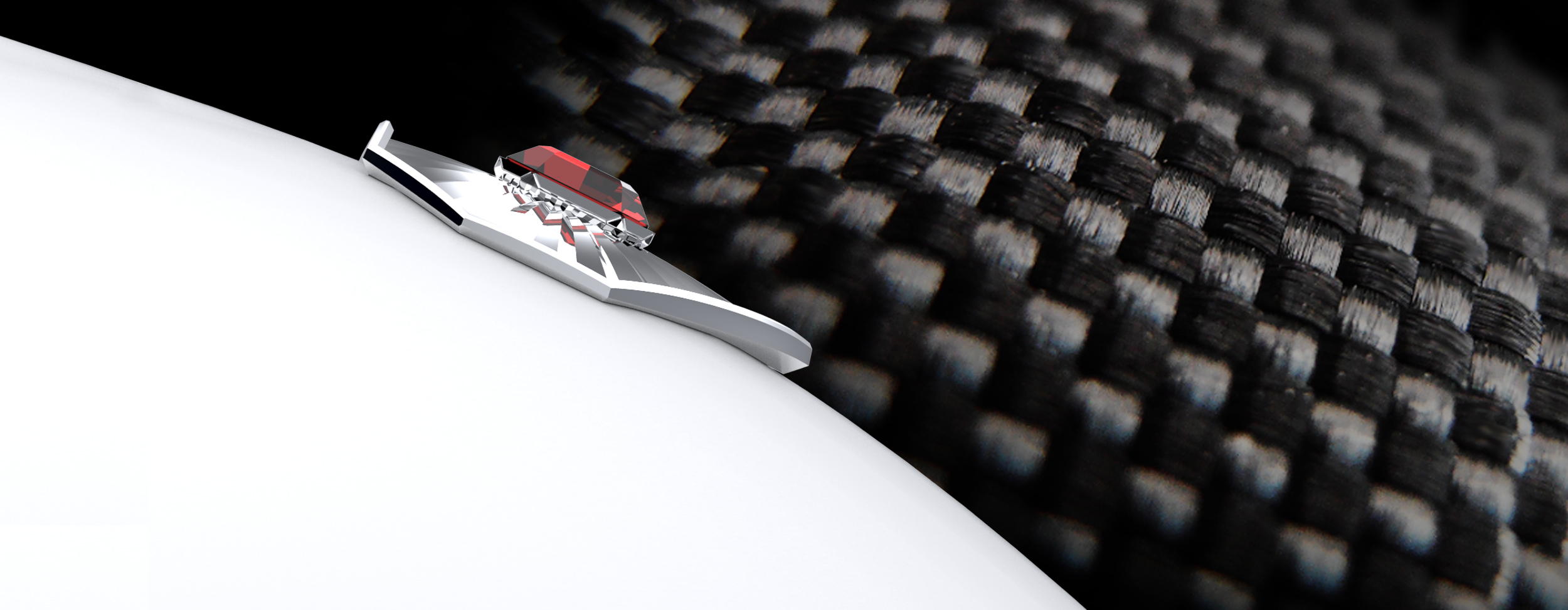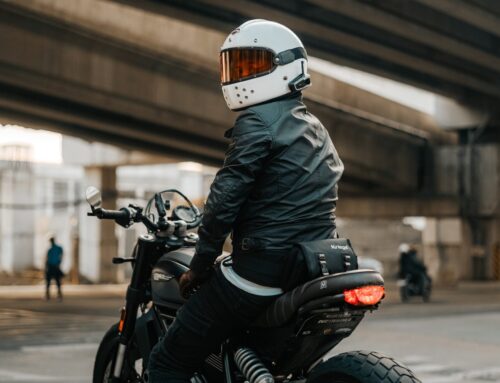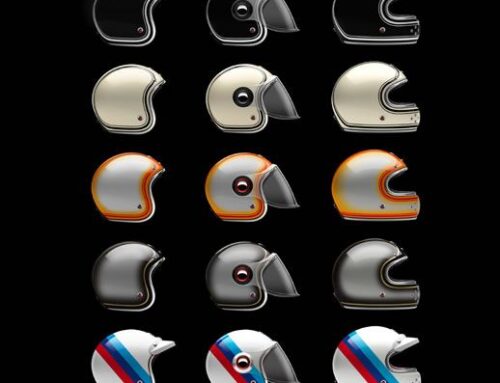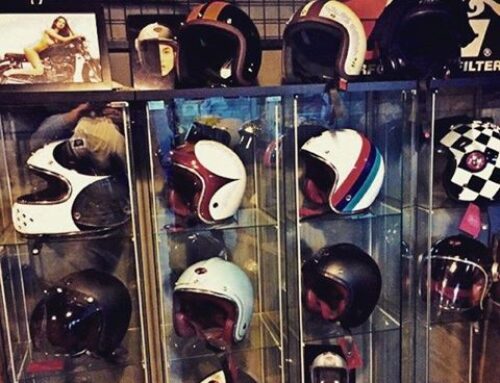Safety is paramount for motorcyclists, and a high-quality motorcycle helmet is the most critical piece of safety gear. With numerous helmet options available on the market, finding the safest one can be challenging. In this comprehensive guide, we will explore the key features and considerations that make a motorcycle helmet the safest choice. From impact protection to safety certifications, we’ll cover everything you need to know to select the ultimate safety gear for your motorcycle adventures.
- The Importance of Helmet Safety
A motorcycle helmet is a rider’s first line of defense in the event of an accident. It is designed to absorb and dissipate impact forces, protecting the head and brain from injury. A safe helmet significantly reduces the risk of severe head trauma and can save lives during a crash.
- Impact Protection and Helmet Design
The safest motorcycle helmets are engineered to offer exceptional impact protection. They typically consist of several layers, including an outer shell, impact-absorbing liner (usually made of expanded polystyrene or EPS), and comfort padding. The helmet’s design is crucial in evenly distributing impact forces and reducing the risk of head injuries.
- Helmet Safety Standards and Certifications
When choosing a motorcycle helmet, it’s essential to look for safety standards and certifications. The most recognized certifications include DOT (Department of Transportation), ECE (Economic Commission for Europe), and SNELL (Snell Memorial Foundation). These certifications indicate that the helmets have passed stringent tests and meet the required safety standards.
- Full-Face vs. Open-Face Helmets
Full-face helmets generally provide better overall protection than open-face helmets. A full-face helmet covers the entire head, including the face and chin, offering superior impact protection. On the other hand, open-face helmets, while comfortable and convenient, leave the face exposed, making them less safe in certain crash scenarios.
- Helmet Fit and Comfort
A safe helmet must fit properly and feel comfortable on the rider’s head. A well-fitted helmet should not move excessively and should offer a snug, secure fit. When trying on helmets, consider the shape of your head, as different brands may cater to different head shapes.
- Helmet Materials and Durability
High-quality materials contribute to a helmet’s safety and durability. Helmets made from fiberglass composite, carbon fiber, or Kevlar tend to be stronger and more impact-resistant than those made from polycarbonate. Investing in a durable helmet ensures that it will provide reliable protection over its lifespan.
- Ventilation and Cooling
Proper ventilation is essential to keep the rider cool and comfortable during rides. A well-ventilated helmet helps prevent fogging and allows for better airflow, especially during hot weather conditions.
- Additional Safety Features
Some helmets come with additional safety features, such as anti-fog visors, emergency cheek pad release systems, and integrated communication systems. These features can enhance the overall safety and functionality of the helmet.
- Helmet Weight and Balance
The weight and balance of a helmet are crucial factors that affect rider comfort and safety. Lighter helmets may reduce neck strain during long rides and contribute to better balance while riding.
- Helmet Age and Replacement
Helmets have a limited lifespan due to wear and tear, exposure to UV rays, and natural degradation of materials. It is recommended to replace a helmet every five years, even if it hasn’t been involved in a crash.
Conclusion
Selecting the safest motorcycle helmet is a vital decision that can significantly impact your safety on the road. Prioritize impact protection, safety certifications, and proper fit when choosing a helmet. Full-face helmets generally provide the best overall protection, but open-face helmets can still be safe when chosen wisely. Don’t forget to consider comfort, ventilation, and additional safety features to enhance your riding experience.
Remember that a safe helmet is a worthwhile investment in your well-being. Invest in the highest quality helmet you can afford, and always replace it after its recommended lifespan or if it has been involved in an accident. By choosing the safest motorcycle helmet, you’re taking a proactive step to protect yourself and ensure countless safe and enjoyable rides ahead.





